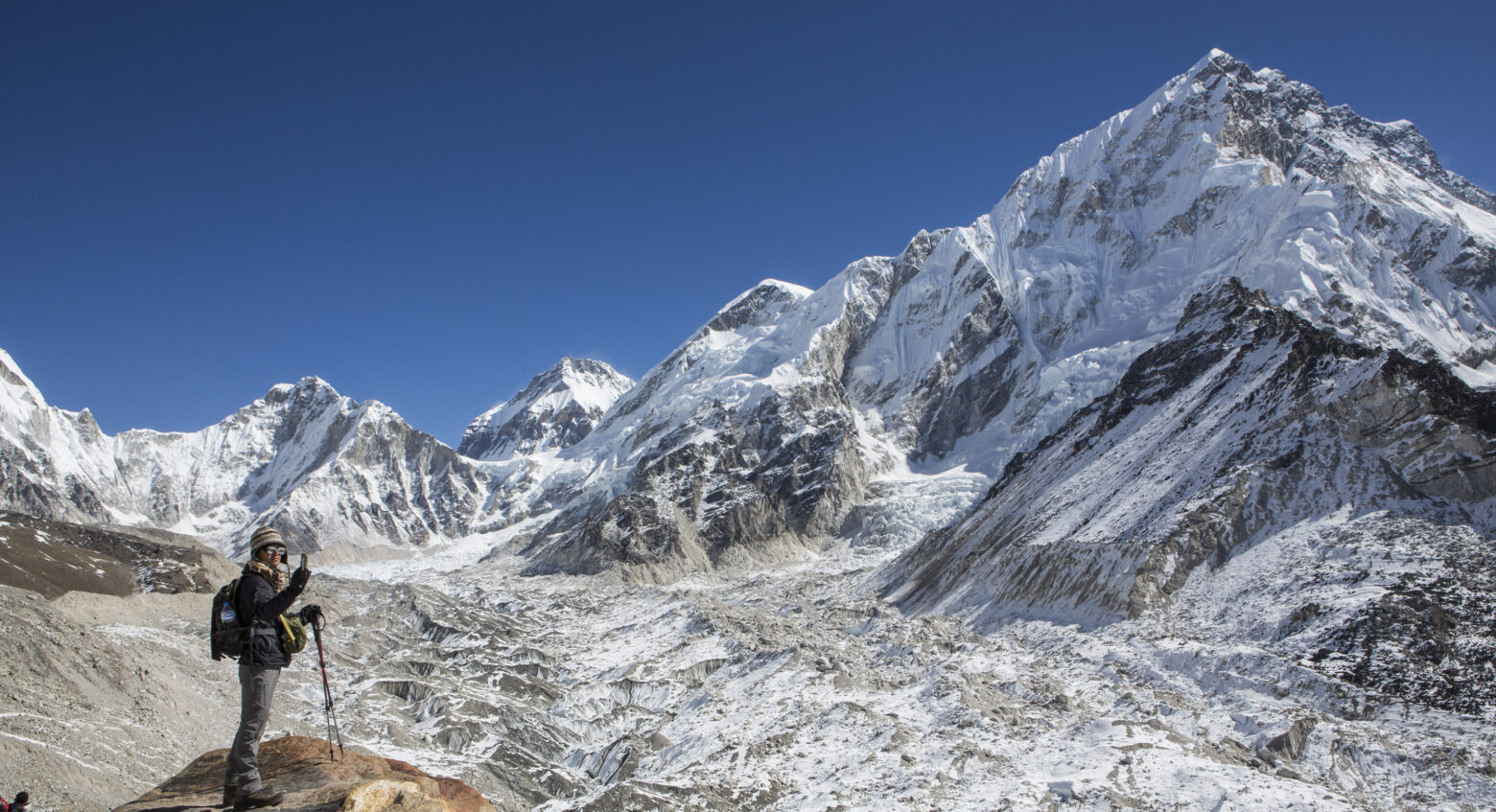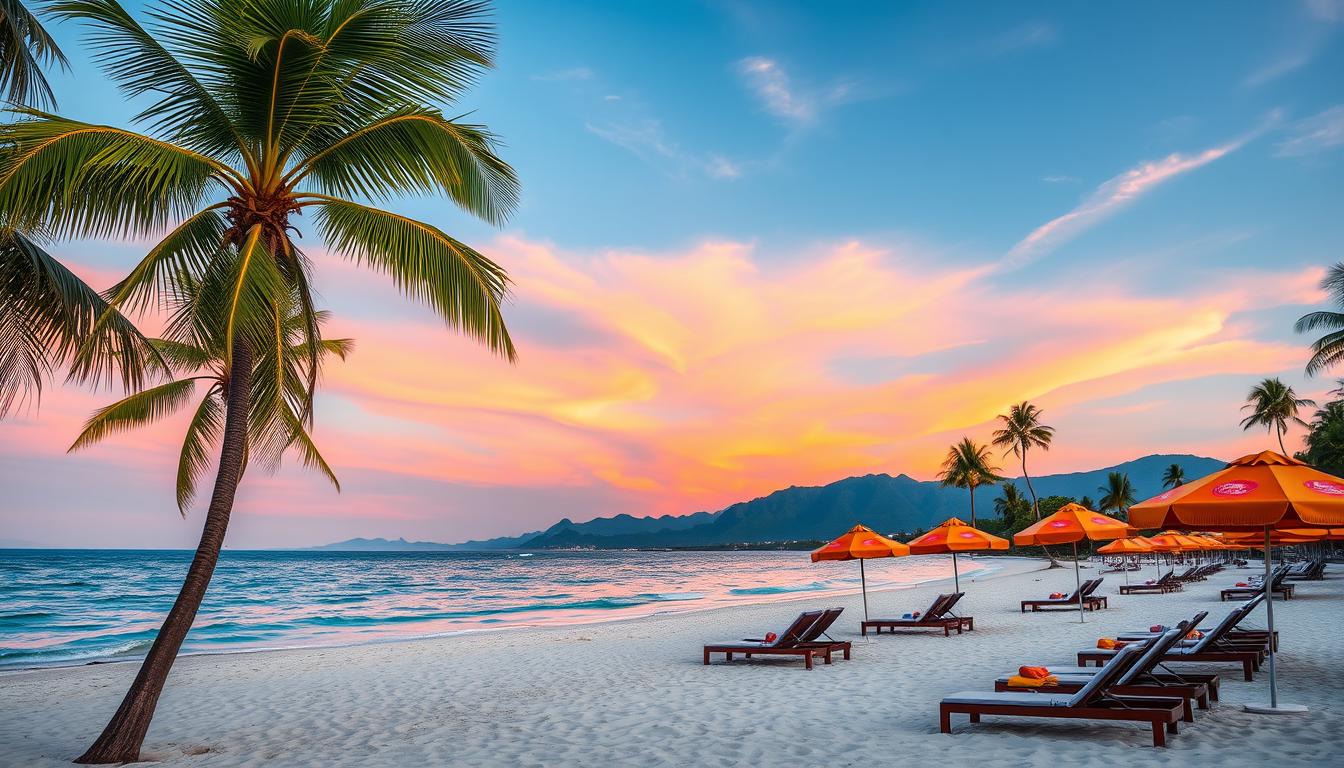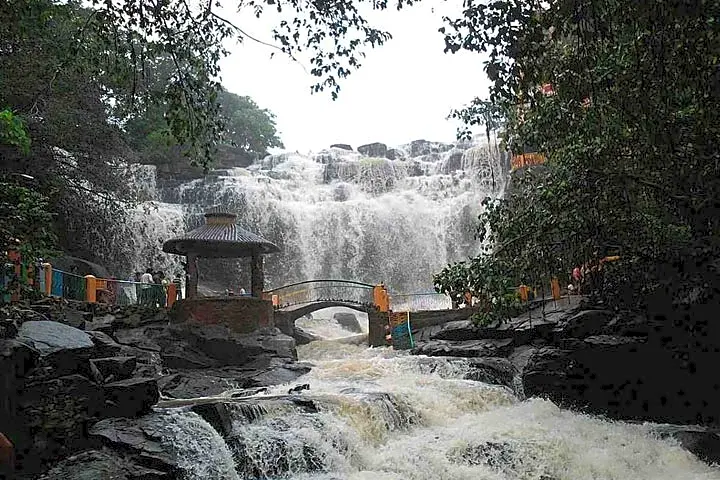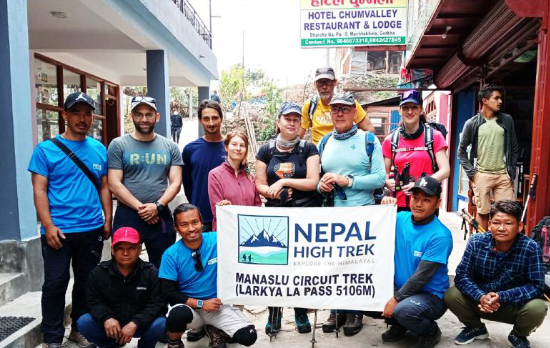One of the most often queries we receive from tourists is, “How difficult is the Everest Base Camp Trek?”
The true challenge of trekking to Everest Base Camp, which lies above the terrain and altitude sickness, is typically misunderstood by trekkers. There is more to the difficulties of the Everest Base Camp journey than just these two things, of course.
We will also cover all the minor things in this blog that you need to know to make the hike as comfortable as possible. In addition, we will offer our Everest Base Camp Trek advice that we have compiled over the years from planning the journey for visitors from all over the world.
Everest Base Camp Trek route
Our trek to Everest Base Camp lasts for 14 days. This is our standard route, expertly planned with ample days for acclimatization in between the hike. After spending a few nights in Kathmandu, you will take a flight to Lukla (2,846 m) on the third day. The brief flight provides breathtaking views of the Himalayas from above.
The daring Everest Base Camp Trek starts in Lukla. On the same day, you will descend by a forest track to Phakding village (2,610 m) where you will spend the day. The trail climbs to Monjo, 2,835 m, the starting point of Sagarmatha National Park. After registering your permission at the police checkpoint, you’ll continue your hike through thick forests and over exciting suspension and wooden bridges. The route ascends sharply to reach Namche Bazar (3,440 m).
To acclimate, you will stay here for a few nights before departing Namche Bazar. Wander through the hamlet and ascend to the 3,962 m Everest View Hotel. The trail next makes its way to Tengboche village (3,860 m) across a lovely rhododendron forest with a steady ascent. Explore the largest Khumbu region monastery in this settlement before beginning your hike to Dingboche (4,410 m). The path to Dingboche meanders through forests and tiny villages.
To acclimate and make the climb to Lobuche (6,119 m), you will stay a another day in Dingboche. The trek will lead you to the Everest Base Camp (5,364) the following day after passing Gorak Shep (5,164 m). Along the moraine formed by Khumbu Glacier, the trail climbs. Continue your walk to Kala Patthar (5,643 m) for breathtaking sunrise and 360-degree views of Mount Everest (8,848 m).
The trail then descends to Pheriche and then descends to Namche Bazar. You reach Lukla by retracing your route and take a plane back to Kathmandu.
The Everest Three High Passes Trek, the Everest Base Camp Helicopter Return Trek, and the Gokyo Lake Trek with EBC are a few more extreme and difficult itineraries that incorporate EBC.
Everest Base Camp Trekking terrain
The Everest Base Camp Trek path is replete with multiple ascents and descents. The trail also features several sections that are rough and steep. There will be rocky and glacial paths for you to wander on. The majority of the trail goes through lush, animal- and plant-rich woodlands.
You will also hike through isolated alpine communities. Throughout the hike, there are numerous suspension and wooden bridges to cross. Furthermore, some streams can be spanned by foot or with the aid of rocks.
There is a six to seven hour walk every day. Trekkers are required to carry a day pack that holds basics like water bottles. As you ascend in altitude and become more isolated, each new settlement will greet you. You will soon tire out since you have to walk through the thin air above Lobuche.
Above all, there’s the possibility of altitude sickness. Your body must adjust to the higher altitude in order to prevent altitude sickness. Similar to this, you must refrain from smoking and drinking alcohol, as well as maintain proper hydration (drink at least two liters of water daily).
Altitude sickness is extremely unlikely with our Everest Base Camp Trek schedule. In a similar vein, our crew members will tend to your health while you’re out on the route. Notify your guide right away if you observe any altitude sickness symptoms.
Below are the symptoms of altitude sickness
- Breathing problem
- Loss of appetite
- Nausea and dizziness
- Vomiting
- Bad headache
Everest Base Camp Trek distance
There are 130 kilometres separating Lukla and the Everest base camp. It will take you 12–14 days, depending on your pace and schedule. You will go at least 15 kilometers each day. About 5 km/h will be your walking pace. You won’t be able to hike at the same pace every day due to the uneven terrain and frequent ups and downs.
The remoteness of the region
EBC has 3G connections in spite of its isolated location. The signals are not completely assured. It’s powered by electricity and offers Wi-Fi. But the terrain makes transit unavailable. Because it takes two to three days for supplies to go from Lukla to EBC, the price of both food and lodging rises with altitude.
Since 2004, medical centers have also been established in EBC. Lukla is home to the Pasang Lhamu – Nicole Niquille Hospital. It is the primary supplier of health services. The hospital has experts in altitude sickness who are well-equipped. The foreign hikers also visit doctors and pharmacies.
Weather and Climate
Because EBC is located at a high altitude, the weather is always frigid. In December and January, the coldest months, the average temperature can drop as low as -20 degrees Celsius. You can see the sun for at least seven hours in the summer, yet even in the summer, the nights are chilly.
Springtime brings bright, clear skies and pleasant weather. The ideal season to hike to EBC is in the fall. Even though it’s sunny during the day, there may be strong breezes that cause the temperature to drop. Considering this, spring and fall are the best seasons to visit EBC.
Basic modern facilities
One of the remotest areas in Nepal is the Everest region. In addition to the lack of adequate transportation, there is inadequate fundamental infrastructure. The most up-to-date amenities are available in Namche Bazaar, such as cafés, WiFi, bars, stores, eateries, ATM booths, etc. You will only find a few services in several of the settlements above this one.
It is not our intention for you to mislead people about WiFi and cellular data. The phone network is frequently unreliable, and even WiFi-enabled locations do not always have dependable connections. It is true that you may use the internet on EBC as well, however many people fail to note how unstable it is.
It’s also difficult to find a power source to charge your device. Most lodges charge you by the hour to charge your electronics, which can get pricey for some hikers. Thus, always remember to bring extra batteries or a solar charger.
Frequent delays and cancellation of flights out of Lukla
There is a greater likelihood that your flight won’t be canceled or delayed the earlier it is scheduled. To begin with, the elevation of Lukla airport is 5,643 meters. It’s not easy to land and take off from the airport. To land an aircraft at Lukla Airport, the pilots need to have a thorough understanding of the airport, hills, and surrounding environment.
At six a.m., the first flight departs. There is a significant probability of cancelation even for flights that depart at 10:30 am, as they are deemed late. There are no daytime or evening flights to Lukla. You will need to wait for a new flight or take a helicopter to reach Kathmandu if the flight is canceled.
Drinking water
Every lodge and tea house along the route has access to drinking water. Reusable water bottles are available for you to carry and fill at the lodge. It doesn’t contaminate the trail and is reasonably priced. To double purify the water, you might bring tablets with a chlorine base. That’s what a lot of hikers do, or you could purchase a Stir Pen.
Basic Accommodation
Don’t consider staying at a posh lodge until you are prepared to pay USD 300 or more each night. Overall, the lodging is pleasant and comfy. Each room has a fresh blanket and bed linens. Similarly, depending on the lodge, the bathroom may be shared or linked to the room. The higher elevation lodge and teahouse are considerably more primitive, and prices will go up.
Food
There are several different meal alternatives along EBC trekking routes. World-class dining is available in opulent lodges. Dal Bhat, chapati, veggies, curries, momo, noodles, Thenduk, Thukpa, steak, spaghetti, etc. are a few of the common meal alternatives. You may also purchase pizza and freshly baked goods at Namche Bazaar.
Things no one tells you about trekking to Everest Base Camp
- Making the correct itinerary choice is crucial. Determine your current level of fitness before selecting the route. Don’t try to shorten the days of rest and keep the height rising.
- Take it gradually and spare your energy. Take your time and don’t hurry as you walk.
- Never hike by yourself. That will just increase the difficulty of the trek. Hire a porter to move the bags and an expert guide.
- To participate in the Everest Base Camp Trek, you don’t need to be exceptionally fit or have any prior trekking experience.
- Try to bring all the necessities, such as snacks and toilet paper, as prices increase with elevation.
- Ten rolls of toilet paper won’t be needed.
- A beautiful down jacket and sleeping bag are also available for rent.
- Some cards have very high ATM fees.
- It’s more convenient to get a local sim with data than to rely just on WiFi.
- Using a hot shower or charging your electronics both cost money.
Stay in touch to get more updates & news on Internal Insider!










